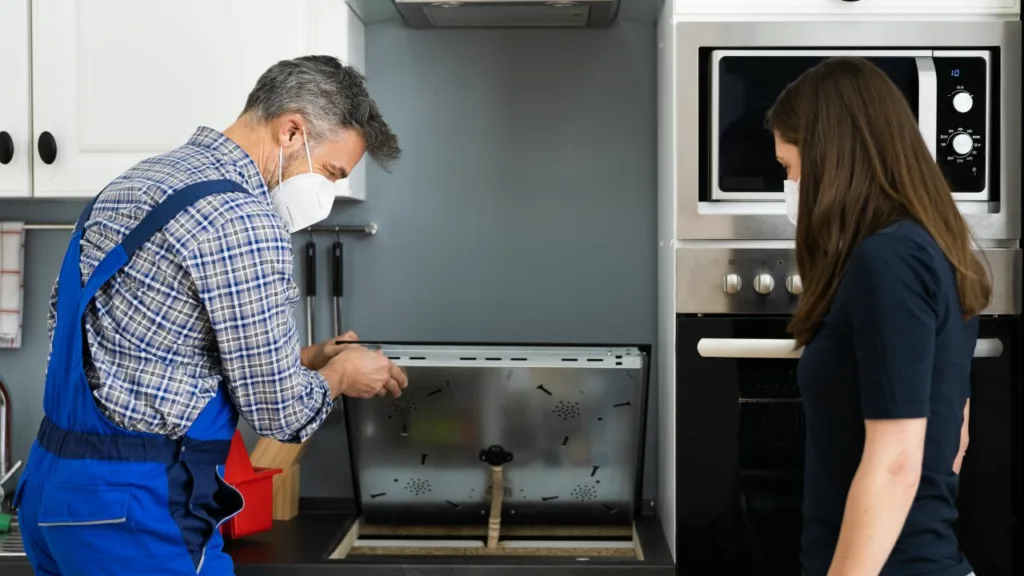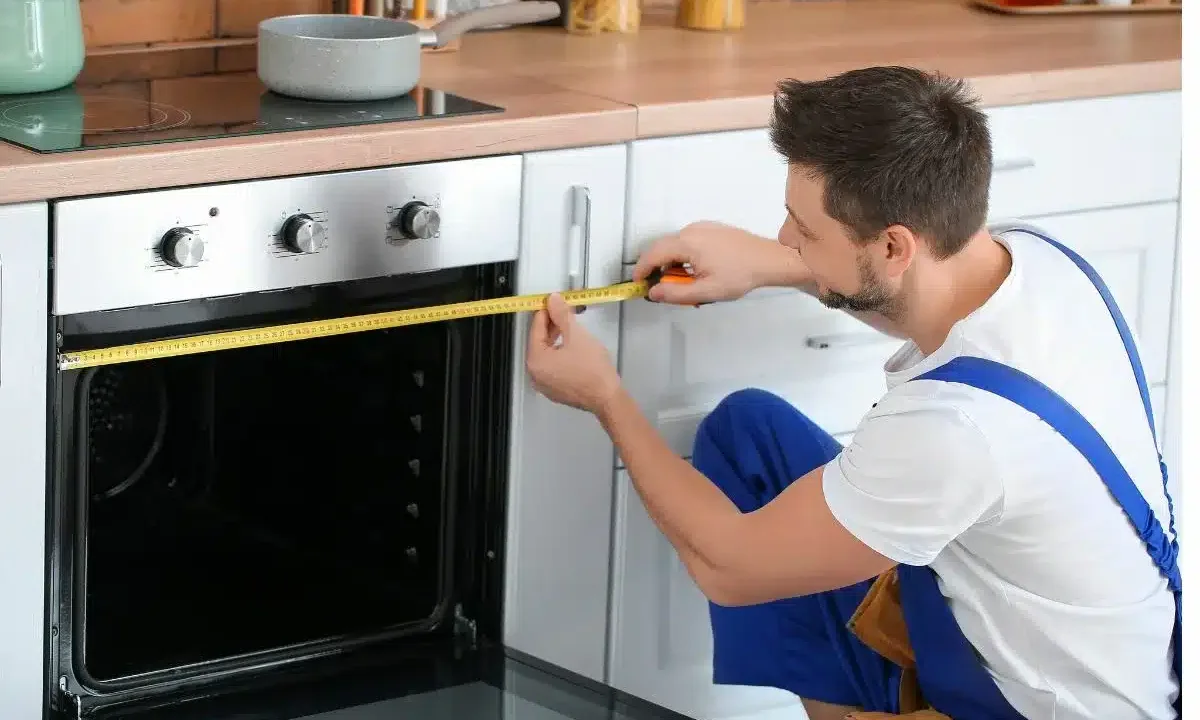
Your electric stovetop is the heart of your kitchen. It’s where tasty meals and culinary magic come to life. However, like any valuable appliance, it needs proper care to ensure longevity. One often overlooked threat to your stovetop is water damage. While a little spilled water might seem harmless,
Understanding the Risks of Water Damage on Electric Stove Tops
Water can create various problems for your electric stovetop, including:
- Electrical shorts: Water can seep into electrical components, potentially causing short circuits and dangerous malfunctions.
- Corrosion: Over time, water can rust and corrode metal components, both inside your stove and on the surface.
- Damaged heating elements: Your stovetop’s heating elements are particularly vulnerable. Water can weaken them, reducing their ability to heat up properly.
- Cosmetic damage: Water stains, mineral deposits, and rust can mar the sleek look of your stovetop.
Potential Consequences of Water Damage
Ignoring water damage can have these consequences:
- Reduced lifespan of your stovetop: Corrosion and electrical issues can significantly shorten the lifespan of your appliance.
- Safety hazards: Electrical shorts caused by water damage pose a serious risk of fire or electric shock.
- Costly repairs: Addressing extensive water damage may require professional assistance, leading to unexpected expenses.
Common Causes of Water Damage on Electric Stove Tops
Durban Stove and Oven Repair Specialists
Let’s look at some typical ways water finds its way onto your stovetop:
- Boil-overs: Pots boiling over are notorious for sending water cascading down the sides of your stove.
- Spills and splashes: Everyday cooking mishaps result in plenty of spills and splashes.
- Wet cookware: Placing cookware that’s still wet from washing onto the stovetop.
- Steam and condensation: Steam from cooking can condense on the stovetop surface. Neglecting to wipe this away can lead to problems.
Tips for Preventing Water Damage on Your Electric Stove Top
Fortunately, preventing water damage is largely in your control. Use these tips:
- Wipe up spills immediately: If something spills, clean it up right away. Don’t allow liquids to sit and potentially seep into the crevices of your stovetop.
- Use proper cookware and utensils: Avoid cookware with rough or uneven bottoms that can scratch the stovetop, allowing water to penetrate. Choose utensils that won’t damage the surface.
- Regularly inspect and maintain seals and gaskets: Your stovetop may have seals or gaskets around the burners. Inspect these regularly for signs of wear and tear, and replace them if needed.
- Be mindful of steam and condensation: Use your exhaust fan when cooking to reduce steam. After cooking, wipe away any condensation that has formed.
Cleaning and Maintenance Guidelines for Electric Stove Tops
Regular cleaning and maintenance is key to extending the life of your stove:
- Safe cleaning products and techniques: Use cleaning solutions recommended for your specific stove type (often a mild dish soap and water mix will work). Avoid abrasive cleaners or scrubbing pads.
- How to properly dry the stovetop: After cleaning, thoroughly dry the surface with a soft cloth.
- Regular maintenance schedule: Follow the maintenance schedule in your appliance’s owner’s manual.
Repairing Water Damage on an Electric Stove Top
Prevention is ideal, but mishaps happen. Here’s what to know about repairs:
- Signs of water damage: Look for rust, unusual noises, malfunctioning burners, or electrical problems.
- Steps to take for repairing water damage:
- Disconnect the stovetop from power.
- Thoroughly dry the affected areas.
- If you’re comfortable, you may open up the stovetop to assess the damage and clean individual components.
- When to seek professional help: If the damage is extensive or you’re uncomf

